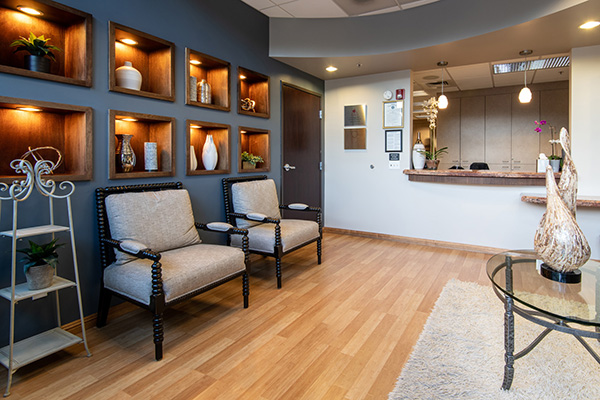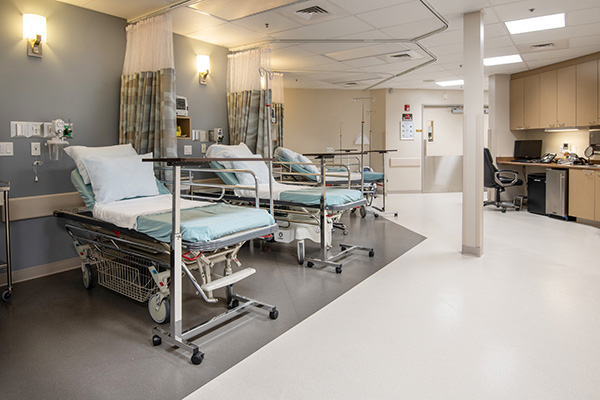
What Does a Common Day Appear Like After Your Rhinoplasty Surgical treatment?
Introduction
Rhinoplasty surgery, frequently described as a "nose job," is more than simply a cosmetic treatment; it's a transformative experience that can boost facial consistency and increase confidence. Nevertheless, the journey does not end when you leave the operating space. Comprehending what to expect in the days following your rhinoplasty can help ease stress and anxiety and prepare you for a smoother healing. In this detailed guide, we will explore What Does a Typical Day Look Like After Your Rhinoplasty Surgery?, detailing everything from post-operative care to psychological adjustments.
What Does a Common Day Appear Like After Your Nose job Surgery?
After undergoing nose job surgical treatment, the first day usually involves grogginess and pain as the anesthesia subsides. Clients are usually recommended to have someone accompany them home, as driving is not permitted. The initial hours post-surgery may involve:
Morning Regular Post-Rhinoplasty
The morning after your rhinoplasty surgery sets the tone for your recovery day. Here's what you should think about:
- Hydration: Start with water or clear fluids to keep hydrated.
- Light Breakfast: A little meal that's easy on the stomach can offer energy without triggering nausea.
- Medication: Take prescribed discomfort medications as directed.
Mid-Morning Activities
As you continue through your morning, focus on mild activities:
-
Ice Loads Application: Using ice bag around your nose and eyes for 15 minutes every hour can help reduce swelling and bruising.
-
Rest: Take part in light activities that don't require extreme concentration, such as reading or listening to music.
Lunchtime Considerations
During lunchtime, it may be appealing to consume much heavier foods, however sticking to lighter choices is recommended. Select:
- Soup or Soft Foods: Foods like mashed potatoes or healthy smoothies are simple to take in without much effort.
Afternoon Healing Tasks
In the afternoon, continue concentrating on healing:
Evening Wind Down
As evening techniques:
- Prepare for an early night by minimizing screen time and bright lights.
- Elevate your head while sleeping utilizing extra pillows.
Post-Rhinoplasty Discomfort Management
Pain management is important after nose job surgery. Most patients experience some level of discomfort or discomfort in the first few days following their treatment. Here's how to handle pain efficiently:
Types of Pain Medication
Your surgeon will likely prescribe painkiller following nose job surgery:
- Over-the-counter alternatives like acetaminophen
- Prescription opioids in cases of more extreme discomfort
Non-Medical Pain Relief Techniques
In addition to medication, think about these non-medical methods:
- Use hot/cold therapy (ice bag) intermittently on inflamed areas.
- Practice relaxation techniques such as deep breathing exercises.
Swelling and Bruising After Rhinoplasty
Swelling and bruising are common after nose job surgical treatment and differ from patient to client.

Understanding Swelling Patterns
Swelling normally peaks within 48 hours post-surgery before slowly diminishing over weeks:
Each stage has its timeline but typically deals with within 3 months.
Dietary Standards Post-Rhinoplasty
A well balanced diet plan promotes healing after rhinoplasty surgery.
1. Foods to Include
Opt for nutrient-rich foods such as:
- Fruits high in vitamin C (oranges)
- Leafy greens (spinach)
- Lean proteins (chicken)
2. Foods to Avoid
Certain foods may exacerbate swelling or discomfort:
- Salty foods which promote water retention
- Spicy foods which may cause irritation
Emotional Well-being After Surgery
It's typical to experience psychological ups and downs throughout healing from rhinoplasty surgery.
1. Expecting Emotional Changes
Patients might feel anxious about their appearance during recovery; comprehending this belongs to healing assists normalize feelings.
2. Support Systems
Engage with good friends or member of the family who can offer emotional support during this duration; sharing experiences makes it easier.
Returning to Normal Activities Post-Rhinoplasty
Getting back into routine life takes time after rhinoplasty surgery.
1. Work Considerations
Most individuals return to work within one week if their task isn't physically requiring; however, seeking advice from your surgeon is vital before making decisions regarding work resumption.
2. Workout Regimen
Light activities like walking can resume quickly after surgery; however, avoid strenuous workouts up until cleared by your doctor-- normally around six weeks post-op.
FAQs About Nose job Recovery
1. For how long does it consider swelling to subside?
Swelling normally begins lessening after 2 weeks but may take several months for total resolution.
2. When can I use makeup again?
Most surgeons recommend waiting at least two weeks before using makeup near surgical sites.
3. Is it typical to feel emotional after my surgery?
Yes! Emotional changes are common due to hormone changes and physical stress from recovery.
4. Can I breathe normally ideal away?
Breathing might feel restricted initially due to swelling; normalcy usually returns within weeks post-surgery.
5. What signs must trigger me to call my doctor?
If you experience extreme bleeding, increased discomfort levels unresponsive to medication, or fever above 101 ° F, contact your surgeon immediately!
6. Will I require follow-up appointments?
Yes! Follow-ups are surgery preparation tips crucial in keeping an eye on recovery development and resolving any issues throughout healing stages.
Conclusion
Understanding what a typical day appears like after rhinoplasty surgical treatment prepares you for both physical and emotional challenges throughout recovery timeframes ahead of you! By taking proactive actions toward managing pain while promoting positive psychological health through support group-- all while adhering strictly-- you're setting yourself up for success in attaining preferred outcomes! Keep in mind that perseverance is essential-- beautiful changes take time!

Ultimately, starting this journey shouldn't feel challenging; rather embrace each minute knowing you're investing not just into aesthetics however also into personal development-- one that improves both confidence levels & & self-perception forevermore!